I started my marketing career over a decade ago at L’Oréal, back when influencer marketing was more of a novelty than a strategy.
Back then, we didn’t even call it influencer marketing.
It was part of PR, communications, and maybe event activations if we were lucky. We worked with editors, relied heavily on print, and watched carefully as blogs and early YouTube channels started shaking up the status quo.
At the time, we weren’t sure if this whole “creator” thing was going to stick, or if it was just a phase.
Well, fast forward to today, and creator marketing isn’t just part of the mix. It is the mix.
And what’s become very clear is this: influencer marketing is no longer about vanity metrics. It’s about revenue, performance, and trust at scale.
First, let’s talk about how marketing’s changed
Let’s be real: it’s noisy out there. And the platforms your audience uses keep evolving.
TikTok is now a search engine. People are asking for recommendations there instead of Google. YouTube has long been the second most-used search platform. Reddit’s growing in influence, too. And in B2B, LinkedIn is the place where deals start without anyone calling it “selling.”
So, in short: customers don’t move linearly anymore.

They don’t go from ad to landing page to purchase. They might hear about you on LinkedIn, Google your brand, ask peers in a Reddit thread, watch a TikTok, then read a review.
That’s why we have to show up in all the right places, and creator marketing helps us do that. Creators are the trusted middle layer. They show up where your audience is already spending time. And when they speak about your brand, it lands differently.
It’s not about shouting louder. It’s about being heard by the right people, at the right time, in the right way.
So, naturally, in creator marketing, we’ve moved on from impressions and “likes.”
The industry used to revolve around vanity metrics that looked good on paper but meant very little in terms of actual impact. You might remember the days when campaign success was measured by reach alone. The higher the follower count, the better.
That’s no longer enough.
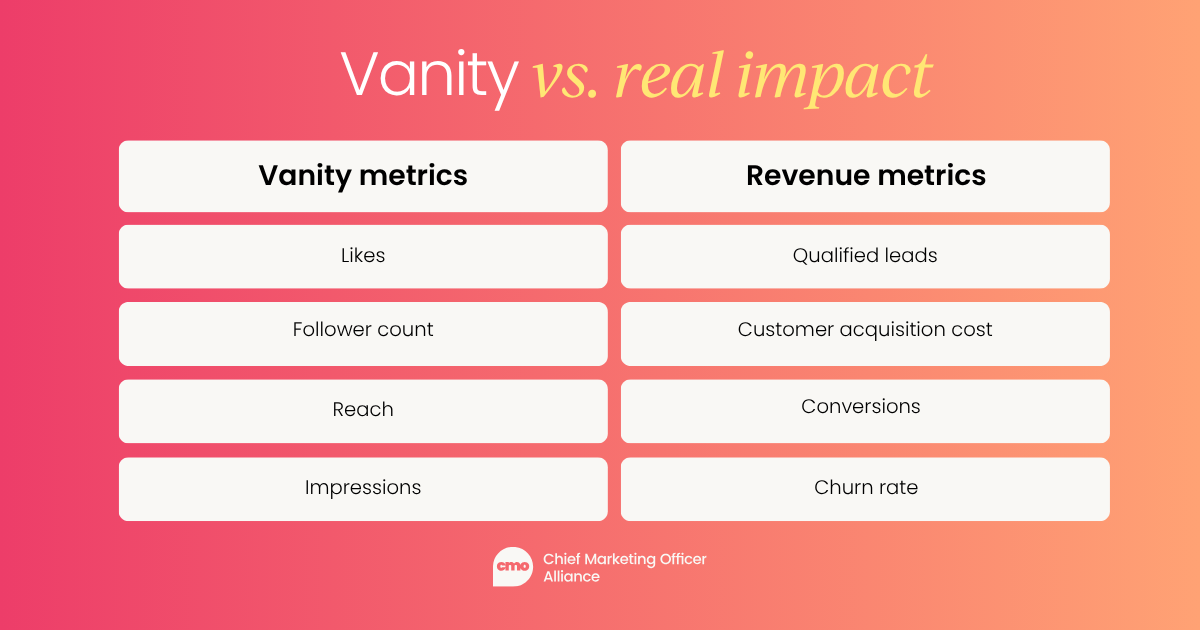
CEOs don’t care how many people saw your post. They care how many people bought because of it. They care about ROI. If they put a dollar into influencer marketing, what are they getting back?
That’s where our focus needs to be: on actual business outcomes, revenue, sales, customer acquisition cost, all that.
And yes, influencer marketing can deliver on all of those. It’s already doing it for brands across B2C and B2B.
The reason?
Marketing isn’t either/or anymore
There’s an outdated notion that marketing teams need to choose between brand and performance.
But that’s not how the world works anymore. And it’s definitely not how consumers behave.
Creator marketing sits at the intersection of those two goals. On one hand, it builds brand affinity in a way that’s human, relatable, and memorable. On the other hand, when done right, it drives measurable conversions (clicks, sales, pipeline, and revenue).
My day-to-day involves leading a team focused on go-to-market strategy, and we’ve seen time and again that creators can do both. When you're working with the right ones—people who align with your ICP and speak your customers' language—they become some of your most effective sales channels.
And that’s the mindset shift I wish more marketing leaders would adopt: stop thinking of influencer marketing as a brand-only play. It can (and should) drive bottom-line impact.
The rise of social commerce and creator-led sales
Social commerce is exploding, and creators are leading the charge. Some now have their own Amazon storefronts. Some sell directly on TikTok Shop. The days of routing everything through a website are fading. Now, creators are the storefront.
And that opens up new opportunities for affiliate-style partnerships. Pay-per-post is being replaced—or at least supplemented—by performance-based incentives. A creator gets 10% of everything they sell. Everyone wins.
This is only possible because tools now let us track that attribution. You can see exactly who’s talking about your brand, how much traffic they’re driving, and how much revenue they’re generating.
The loop is finally closing.

And B2B is catching up.
This shift isn’t just happening in B2C. In B2B, creators (or, as we used to call them, “thought leaders”) are more powerful than ever.
Let’s be real: most of us choose our tools based on peer recommendations. Whether it’s Reddit threads, LinkedIn posts, or casual Slack communities, people trust people like them.
And marketers especially lean on what other marketers are using. I’d say 90% of my own tech stack was recommended by another peer.
That’s B2B influencer marketing in action. Whether we call it that or not.
And the lines are only going to keep blurring. B2B and B2C both require trust, both benefit from community, and both can win by letting the right voices tell the story.
“Transactional” doesn’t mean inauthentic
Now, let me talk about a pretty common concern.
Some worry that as influencer marketing becomes more ROI-driven, it will lose its authenticity.
But I don’t see those as mutually exclusive. In fact, I believe the best campaigns are the ones that feel authentic and perform.
The key is alignment.
Don’t chase creators just because they have a big following. Find the ones whose audience matches yours. And I don’t mean surface-level alignment. I’m talking about values, tone, and credibility with your target customer.
One of the most powerful parts of creator marketing is that it’s someone else telling your story. Not a banner ad. Not a brand saying “we’re the best.” It’s a real person sharing why they genuinely love your product. And that’s where trust is built.
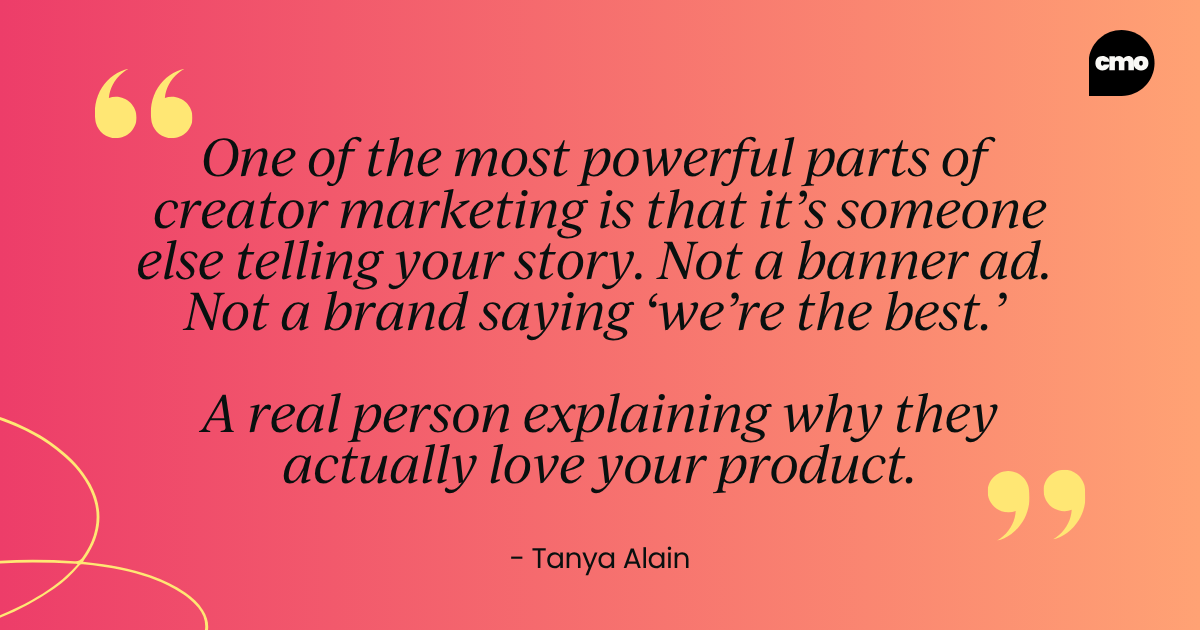
But we all know building trust takes time. So I always offer this advice:
Don’t just work with creators. Partner with them.
Stop thinking about influencer campaigns as one-off posts. Long-term partnerships are where the magic happens.
If I’m following a creator and they talk about a product once, I might notice. But if they mention it consistently over time, that builds trust. It becomes part of their lifestyle, their values. That’s when I’m more likely to believe them and buy.
And from a cost perspective, long-term partnerships are often more efficient. You’re not renegotiating every time. You build better rapport. And creators are more invested in the outcome.
We’re also seeing a shift toward hybrid models—smaller upfront payments with affiliate-style revenue sharing. That way, creators are incentivized to actually sell, not just post.
When should we move from short to long-term in partnerships?
I’m often asked, “When should we move from one-off campaigns to a long-term creator strategy?”
My answer? Always go long-term if you can.
Yes, short-term campaigns have their place. But trust doesn’t build overnight. Your audience needs to see something multiple times before it clicks. There’s a reason “the rule of seven” exists in marketing.
If a creator promotes your product just once, it might come across as a paid plug. But if they’ve talked about your brand before—organically or not—and keep talking about it? That’s when the audience starts to believe them. That’s when conversions happen.
And here’s the kicker: long-term partnerships often cost less. Creators are open to negotiated terms when they know they’ll be working with you across multiple posts or months. They’re not just chasing a one-time payout. Often, they’re thinking about the relationship.
Finding the right creator starts with audience
There are millions of creators out there today—nanos, micros, macros, and everything in between. And with that comes both opportunity and noise.
The biggest mistake I see brands make is choosing creators based on how they look, not who they speak to.
Just because a creator aligns visually with your brand doesn’t mean their audience does. I learned this early on. Back in my beauty days, I once partnered with a creator who looked perfect for a lipstick launch. But when we analyzed her audience, we realized most of her followers were men, not the target demographic for that product.
The content flopped.
What really matters is this: does the creator’s audience match your ideal customer profile? Are they the right gender, age, geography, interests? That alignment is non-negotiable if you want results.
How can you tell if a creator’s audience is real?
If you’re looking to partner with influencers, you might be wondering how to spot whether your audiences and ICPs align or if these accounts are “fake” altogether. And that’s totally fair, considering nowadays authenticity matters more than ever.
With the rise of bots and fake followers, it’s not enough to look at follower count. You need to dig deeper:
- Who follows this creator? Do they align with your ICP?
- Are people engaging? Likes, shares, comments—all of it matters.
- Is that engagement consistent over time? A sharp drop-off can be a red flag.
It used to be hard to get that info. But now, with the right tools, you can get a full picture of who you’re working with and how effective they really are.
Another piece of advice? Check the engagement.
Once the audience alignment checks out, the next step is performance. Follower count means nothing if the community isn’t engaged.
That’s where engagement rate becomes your best friend. I always advise brands to look beyond the surface:
- How many likes, comments, and shares are they getting?
- Are people saving the content?
- Is their engagement rate stable over time, or dropping?
Not all low engagement means “fake followers.”
Sometimes, it’s just an inactive audience. People who abandoned their accounts or bots that were never real fans to begin with. We don’t use the term "fake followers" lightly. It’s more accurate to say “unengaged audience”, but the impact is the same. You want creators who can actually move people to act.
And if you’re thinking long-term (which you should), you need to make sure their performance isn’t declining. A flat or upward engagement trend is a green flag.
You can’t afford to do this manually anymore
All of this used to be incredibly manual. Sifting through Instagram or TikTok profiles. Estimating engagement by eyeballing a few posts. Trying to find emails or DMs that didn’t get buried.
Now, it’s different. With the right AI platforms, you can analyze millions of creators with the filters that matter: engagement rate, follower count, platform, keywords, vertical, and more. You can even set minimum engagement thresholds and let the tool surface the best matches.
Beyond discovery, these platforms help with campaign management, performance tracking, and—yes—even ROI. If a creator drives sales, you should know it. And now, you can.
Take, for example, creator payments.
If you’ve ever tried paying nano or micro-influencers, you know it can be a headache.
Many of these creators don’t operate as formal businesses. They don’t have vendor IDs or finance departments. That makes onboarding and payment a logistical pain, especially at scale.
Then there’s product shipping.
If you’ve got 50 or 500 creators waiting for samples, coordinating that manually will cost your team weeks. At Upfluence, we’ve helped clients shave off 20+ hours per week just by automating that part of the process. The time savings alone make the tech worth it.
AI isn’t replacing creators. It’s empowering marketers.
Let’s talk about AI a bit more, because it's fundamentally changing how we operate.
No, we’re not about to replace creators with robots. Yes, there are synthetic influencers out there—AI-generated people with made-up lives—but they’re not exactly moving product (yet).
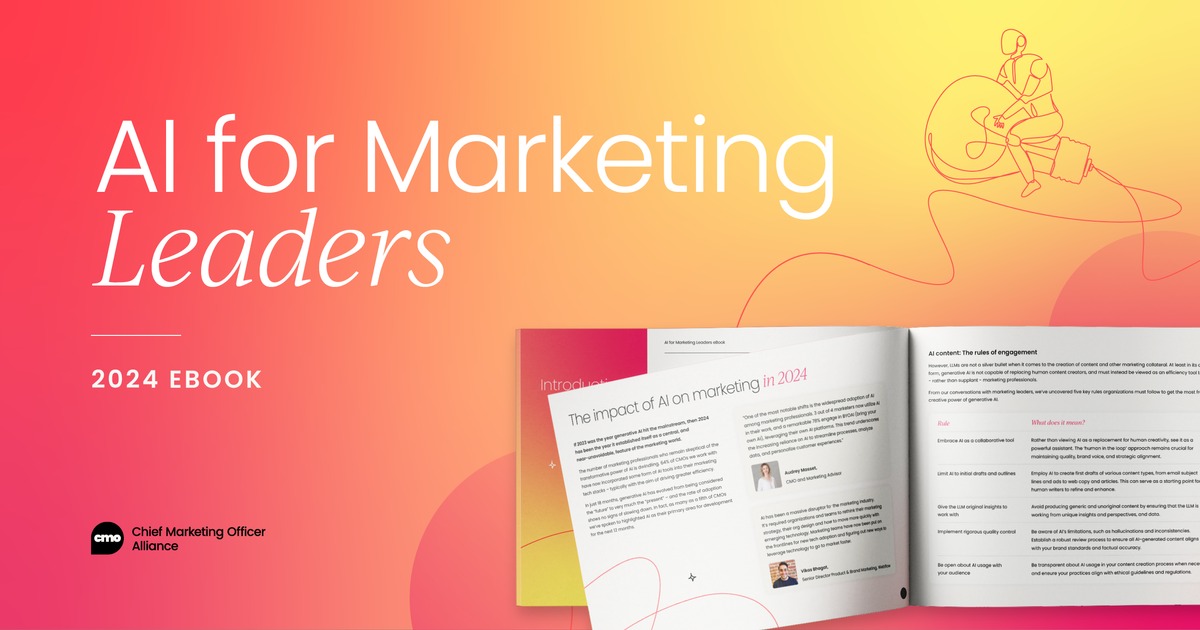
At best, they’re novelties, mostly useful in fashion where visuals matter more than lived experience.
What is changing is how AI is powering the backend of influencer marketing. It’s turning a 20-hour process into a 20-minute one.
From finding creators to building campaign briefs to writing outreach emails, AI is handling the heavy lifting. At Upfluence, for example, we launched our Creator Marketplace specifically to automate the hardest parts of campaign management using AI that learns from millions of past data points.
AI is surfacing the best creators based on your input. It’s recommending timing, platform mix, and even helping forecast results. And it’s freeing up your team to focus on strategy, not spreadsheets.
Here’s what I know now
After more than a decade in this space, here’s what I’ve learned about influencer marketing—and what I wish more marketers would realize:
- It’s not just for brand awareness anymore. Creator marketing drives revenue, full stop.
- The most effective creators aren’t always the biggest ones—they’re the ones whose audience mirrors your customers.
- Vanity metrics won’t cut it. You need real performance data, and you need to track ROI like any other channel.
- Long-term partnerships work better than one-off posts. Trust takes time, and creators need that time to make a real impact.
- B2B buyers are people, too. If you think influencer marketing doesn’t apply there, you’re missing a huge opportunity.
- AI isn’t replacing creators—it’s empowering marketers to scale campaigns faster, smarter, and more effectively.
- And finally: authenticity will always win. The more aligned your brand is with your creators, the more trust you build—and trust is what moves the needle.
Marketing is evolving, and influencer marketing is evolving with it. But one thing hasn’t changed: people want to hear from people they trust. And if we get that right, everything else follows.
Discover how top marketers use AI to boost efficiency, agility, and growth without losing creative control.
Download the free ebook to unlock proven frameworks, real success stories, and high-impact strategies.
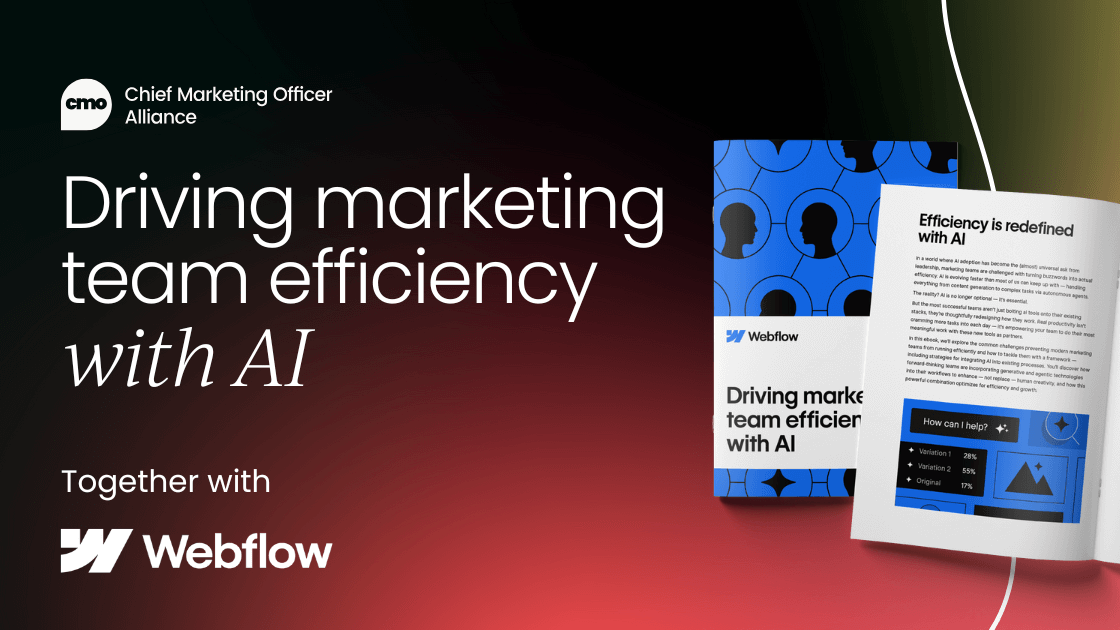






.png)


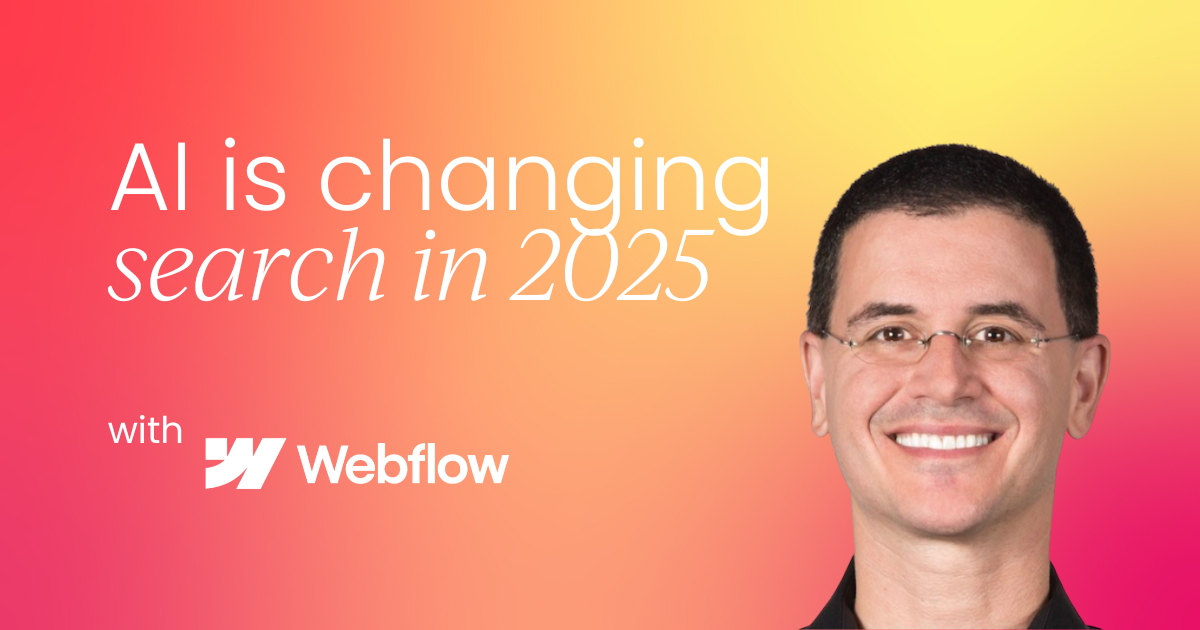
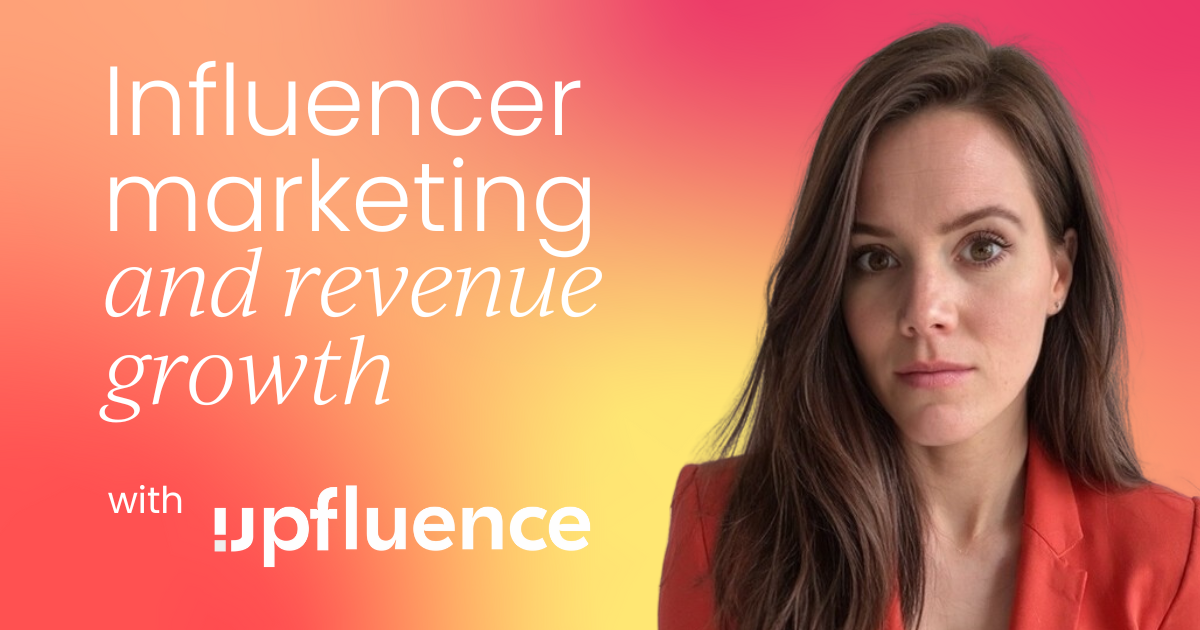
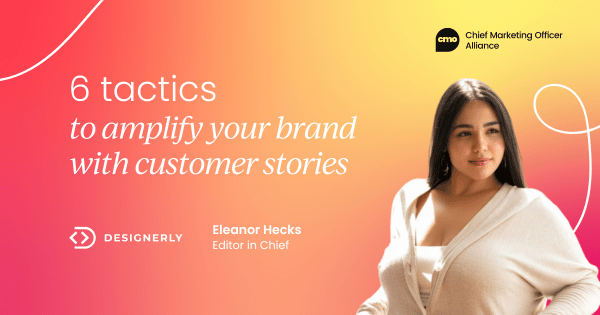




 Follow us on LinkedIn
Follow us on LinkedIn






